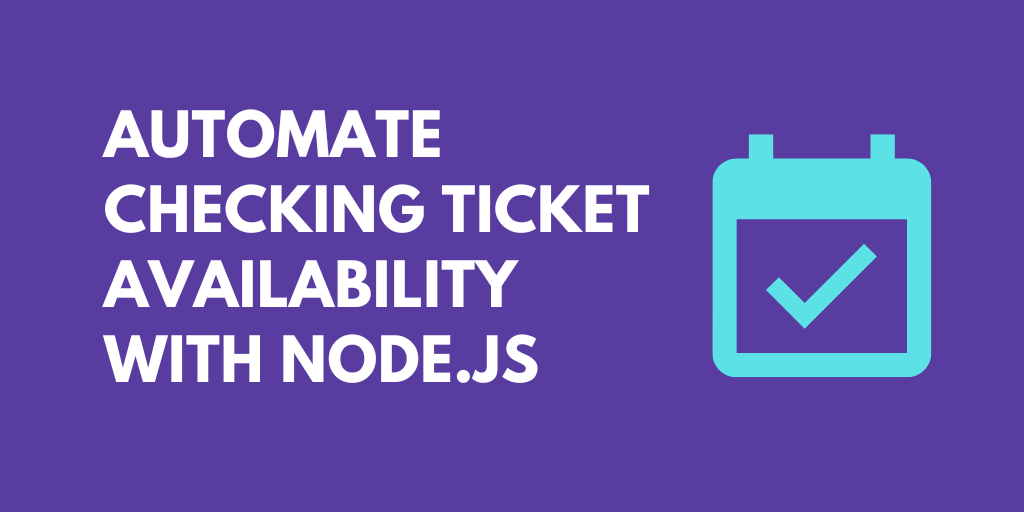What do you want to automate
with Upwave and Node?
Prompt, edit and deploy AI agents that connect to Upwave, Node and 3,000+ other apps in seconds.
Trusted by 1,000,000+ developers from startups to Fortune 500 companies
Popular Upwave and Node Actions#
Write custom Node.js code and use any of the 400k+ npm packages available. Refer to the Pipedream Node docs to learn more.
Overview of Upwave#
The Upwave API provides programmatic access to the Upwave project management platform, enabling users to automate tasks, sync data across various tools, and create custom integrations. On Pipedream, you can leverage this API to build powerful workflows that can add tasks, update boards, and track project progress, all in real time. With Pipedream's serverless architecture, you can set up event-driven workflows that respond to changes in Upwave or integrate with other apps to streamline your project management processes.
Connect Upwave#
import { axios } from "@pipedream/platform"
export default defineComponent({
props: {
upwave: {
type: "app",
app: "upwave",
}
},
async run({steps, $}) {
return await axios($, {
url: `https://api.upwave.io/auth/`,
headers: {
"Authorization": `Token ${this.upwave.$auth.api_key}`,
},
})
},
})
Overview of Node#
Develop, run and deploy your Node.js code in Pipedream workflows, using it between no-code steps, with connected accounts, or integrate Data Stores and File Stores
This includes installing NPM packages, within your code without having to manage a package.json file or running npm install.
Below is an example of installing the axios package in a Pipedream Node.js code step. Pipedream imports the axios package, performs the API request, and shares the response with subsequent workflow steps:
Connect Node#
// To use previous step data, pass the `steps` object to the run() function
export default defineComponent({
async run({ steps, $ }) {
// Return data to use it in future steps
return steps.trigger.event
},
})Community Posts#
